Optimal Timing for English Ivy Removal
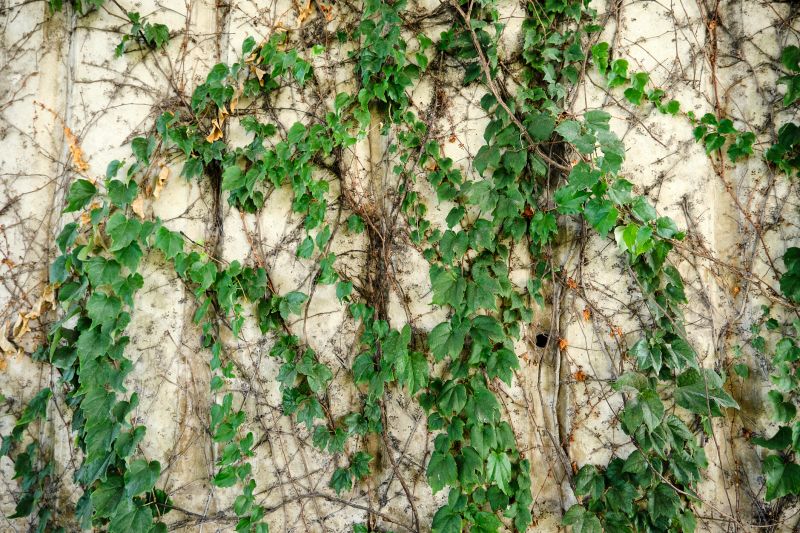
Removing English ivy in early spring prevents it from establishing strong growth during the warmer months.
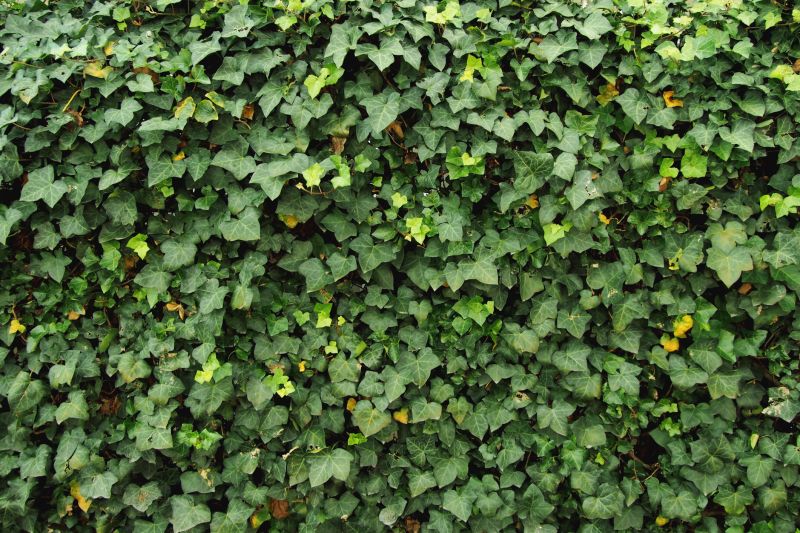
Late fall is ideal for removing ivy as it minimizes regrowth and prepares the area for winter dormancy.
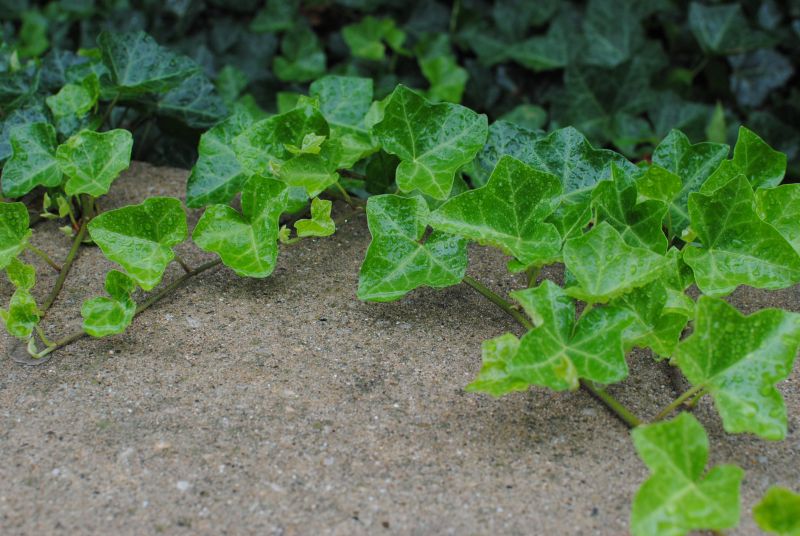
Summer removal can be effective but requires careful attention to plant regrowth and hydration needs.

Ways to make English Ivy Removals work in tight or awkward layouts.
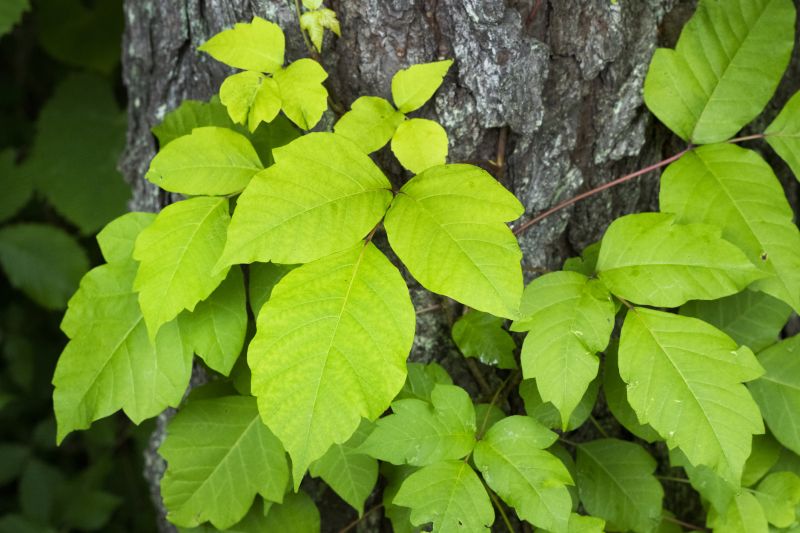
Popular materials for English Ivy Removals and why they hold up over time.

Simple add-ons that improve English Ivy Removals without blowing the budget.

High-end options that actually feel worth it for English Ivy Removals.

Finishes and colors that play nicely with English Ivy Removals.
English ivy is a vigorous climbing plant that can quickly cover walls, trees, and other structures. Proper timing for its removal is essential to prevent damage to surfaces and manage invasive growth. The best time to remove English ivy depends on local climate conditions and the plant's growth cycle. Typically, early spring and late fall are recommended periods, as these times allow for effective removal with minimal regrowth. During these seasons, the plant's energy reserves are lower, making removal more manageable.
Statistics show that untreated English ivy can cause structural damage by penetrating cracks and expanding existing weaknesses. It can also harbor pests and promote moisture retention, leading to decay. Regular removal during optimal times reduces these risks and maintains the health of the landscape. Proper timing, combined with effective removal techniques, ensures long-term control and prevents the spread of this invasive vine.

Little measurements that prevent headaches on English Ivy Removals day.
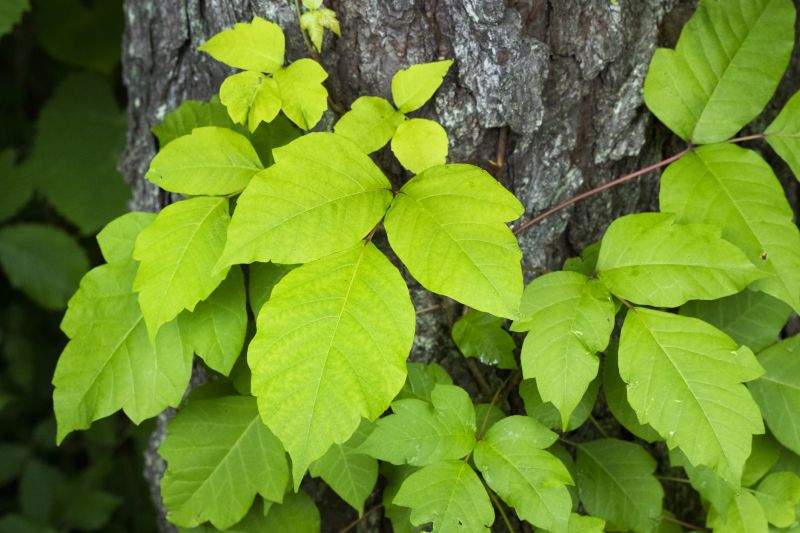
A 60-second routine that keeps English Ivy Removals looking new.

A frequent mistake in English Ivy Removals and how to dodge it.

Small tweaks to make English Ivy Removals safer and easier to use.
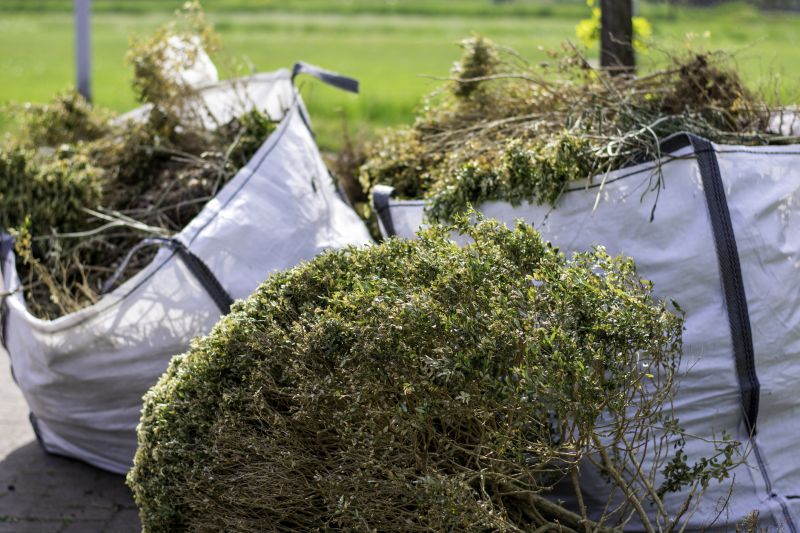
Lower-waste or water-saving choices for English Ivy Removals.
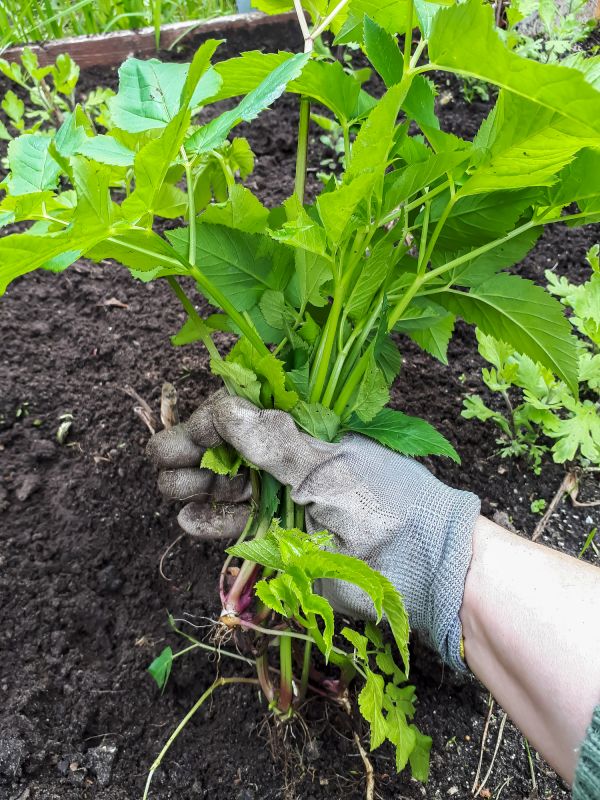
The short, realistic tool list for quality English Ivy Removals.
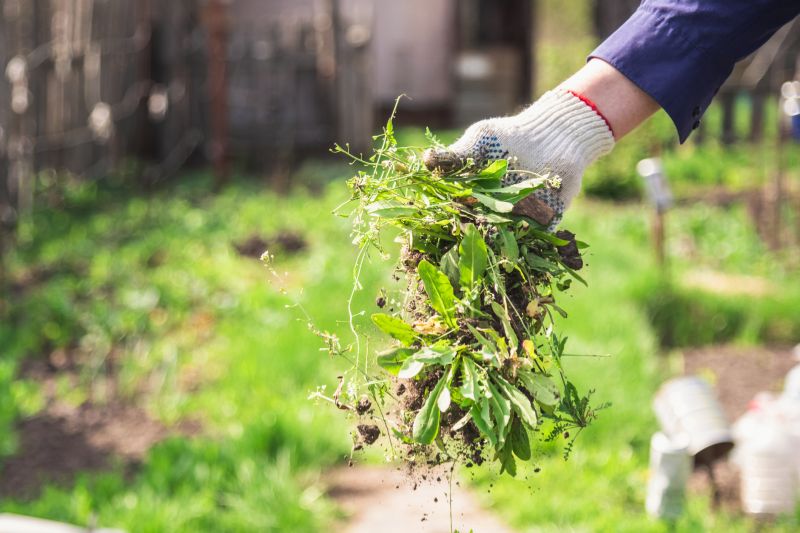
Rough timing from prep to clean-up for English Ivy Removals.
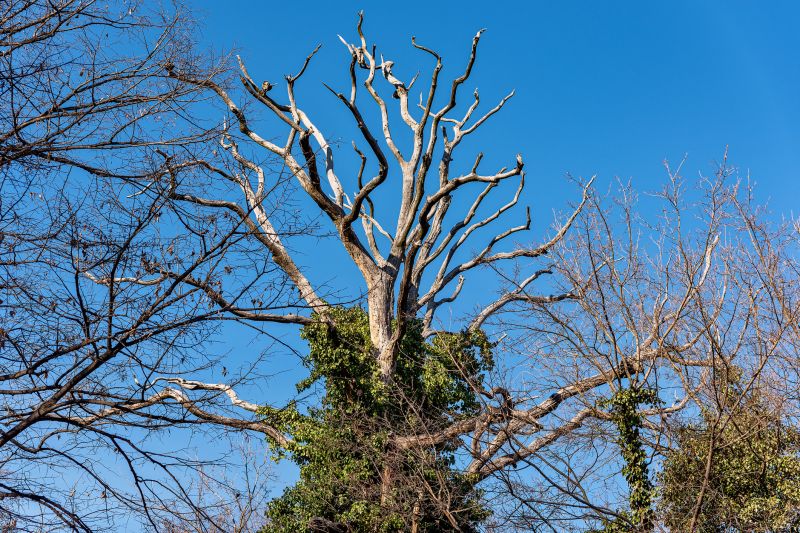
Quick checks and paperwork to keep after English Ivy Removals.
| Best Removal Time | Advantages |
|---|---|
| Early Spring | Prevents strong growth during warm months |
| Late Fall | Minimizes regrowth and prepares for dormancy |
| Summer (with caution) | Effective but requires vigilance |
Examples that show the impact a good English Ivy Removals can make.
Ways to make English Ivy Removals work in tight or awkward layouts.
Ways to make English Ivy Removals work in tight or awkward layouts.



